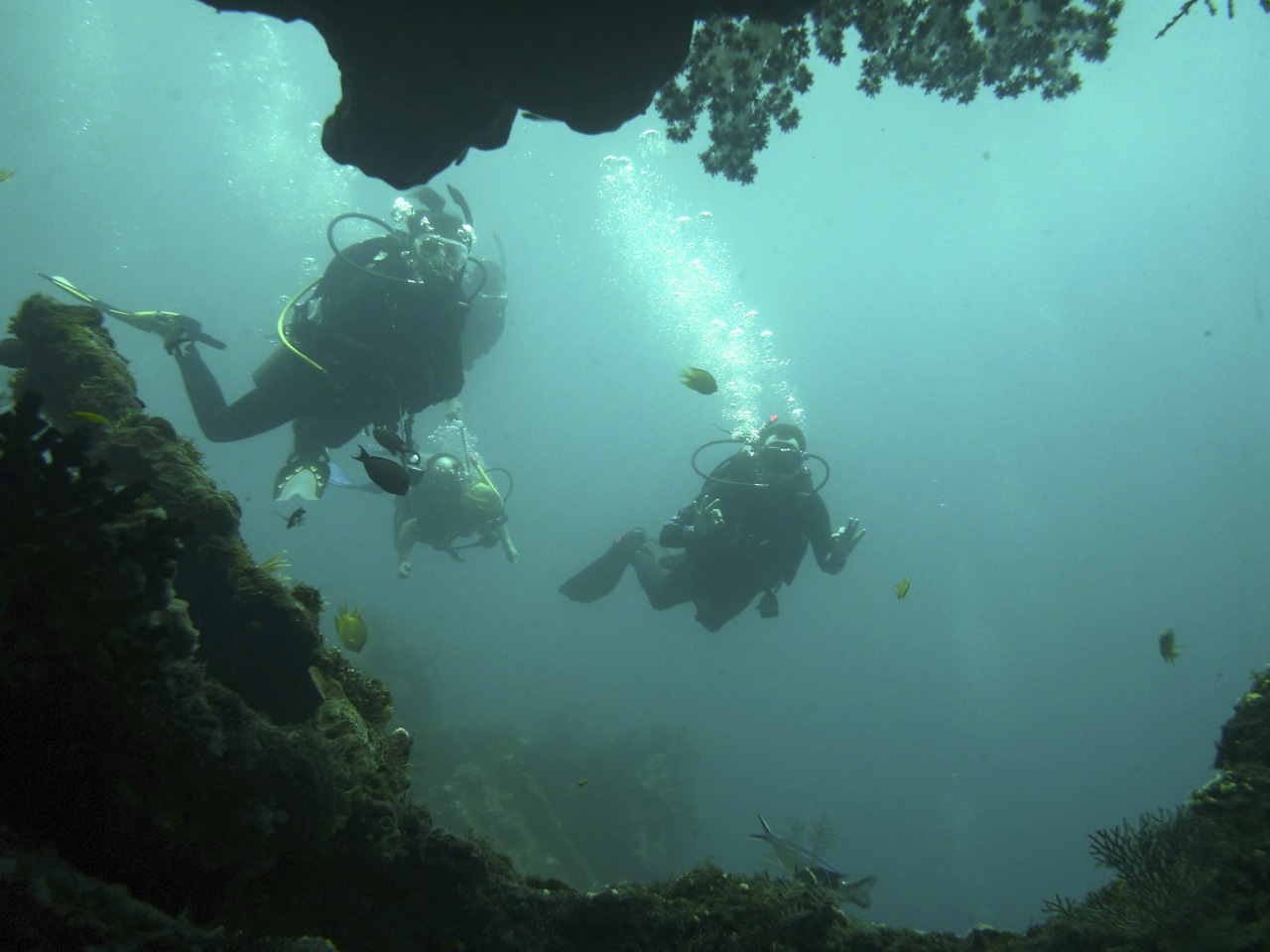Good buoyancy is a vital component of any diver’s skill set. Here are some of our top tips for controlling your buoyancy.
Your low-pressure inflator is not an elevator button
A friend of mine once used a very good phrase, reminding her students that a BCD/low pressure inflator is not an elevator button.

The function of your BCD is to make you neutrally buoyant in the water. So you want to compensate for the weights that you’re wearing by adding air to your BCD. By doing this you want to create a situation where you feel practically weightless in the water. At the same time,, it’s important not to inflate your BCD too much – this can cause you to feel unstable and too buoyant or light during your dive.
By making yourself neutrally buoyant or nearly weightless in the water — achieved by adding a little bit of air to your BCD — you can use your fins and powerful thigh muscles to move yourself through the water.
Ideally, you should only need to use your BCD in a few situations: when you ascend, when you descend, when moving from one depth to another and to keep you afloat when you’re on the surface.
Choose the right weights
Your buoyancy is closely related to the amount of weights that you use. People sometimes think that it’s better to be over-weighted as it helps you to get down more easily. And while this argument sounds logical, it is not always true. When you’re over-weighted, the weight tends to drag the lower part of your body down. To compensate for this you need to put more air into your BCD to obtain a neutrally buoyant position, making your torso rise up.
Although you might achieve a state of being ‘weightless in the water,’ the position of your body is no longer streamlined. Instead of moving through the water in a horizontal position with a small impact area (your head and shoulders), you now push through the water with your entire body. This leads to the opposite of the desired effect as you end up using much more energy to move which in turn causes you to consume a lot more air during your dive.
Practice breath control
We seldom use our full lung capacity when we are on the surface. Practicing meditation and yoga teaches us to breathe more deeply and slowly. A similar breathing pattern should be followed when diving. Take slow, deep and continuous breaths. This slows down your mind and your movements and helps you to conserve air. It also helps with your buoyancy. When you breathe in deeply and fill your lungs to their full capacity, you’ll feel your body become lighter and notice that you ascend slowly in the water column without needing to move your fins or arms to do so. If you then exhale, you’ll feel your body move downward in the same way.
Normal breathing, like we’re used to on the surface, isn’t enough to create this effect. You need to breathe deeply enough so that your lungs expand and create an air pocket similar to a fish’s swim bladder. Breathe as deeply as you can to best feel this effect. When you want to use your breath control to lower yourself in the water you need to exhale all the air in your lungs – something we very seldom find ourselves doing on land.
Factors affecting buoyancy
Body weight: Larger bodies (due to either muscle or fat tissue) require more weight.
Wetsuit: The amount of weight that you need depends on your exposure suit. Thicker and newer suits require more weight. Neoprene is injected with micro air bubbles. Thicker suits have more of these bubbles, in turn making you more buoyant. The bubbles in newer suits are larger as they have not been exposed to the pressure that eventually compresses them, making the micro bubbles smaller over time.
Dive site/water: Diving at different sites can affect your buoyancy. Freshwater environments require fewer weights than salt water. The salt particles in the water make each liter heavier, requiring you to displace more water to achieve neutral buoyancy. You achieve this by adding more weight.
Depth: As you go deeper, there are two things that affect your buoyancy. Firstly, the increased pressure causes the micro bubbles in your exposure suit to compress – making both you and your suit less buoyant. Secondly, the air in your BCD compresses under pressure, requiring you to add more air to become neutrally buoyant at depth. When you return to a shallower depth you need to remove some air again to compensate for the expansion of the air.
Experience: Buoyancy is not an exact science. No one can tell you exactly how much air to put in your BCD to make you neutrally buoyant. It is very much a feeling and one that you develop by diving more often and gaining more experience in the magical underwater world.

